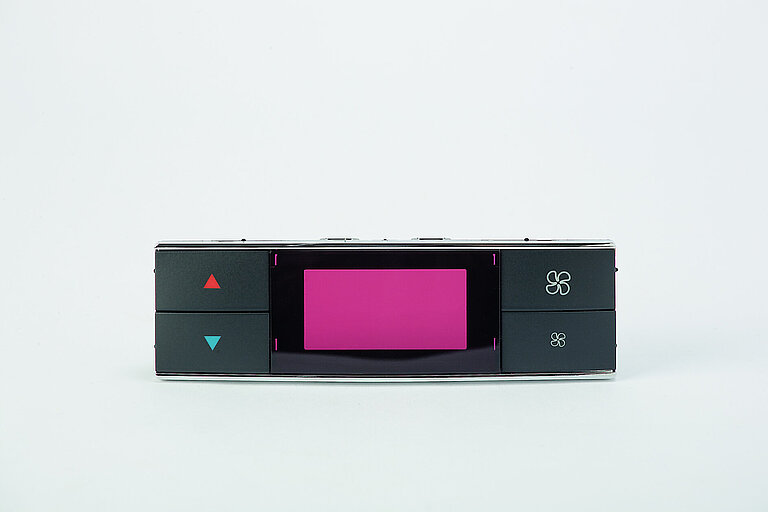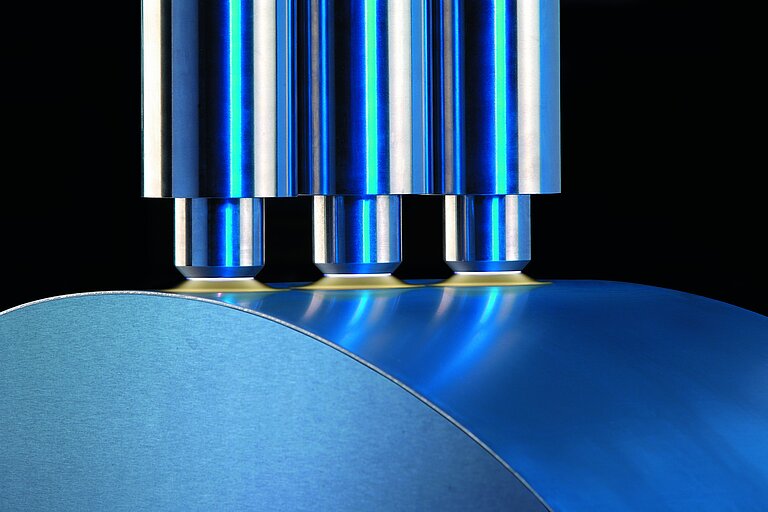Ultrafine cleaning and activation of plastic parts
Effective surface treatment is the prerequisite for the painting process to follow. Pretreatment of components with atmospheric pressure plasma (plasma cleaning and surface activation) significantly increases the surface tension and thus allows solvent-free (VOC-free) painting and varnishing. Openair-Plasma® treatment ensures both an outstanding paint finish and environmentally-friendly production.
Openair-Plasma® cleaning means material surface cleaning that is 100% free of residues while also significantly improving surface tension. In this pretreatment process, plasma nozzles are often guided by robot systems. For example, ideal application areas for atmospheric plasma include the automobile and aircraft industries, production of household appliances and high-quality furniture panels, and the packaging industry.
Plasma treatment ensures reliable adhesion of paints and coatings to metal, aluminum, glass, and plastics like PP, EPDM, and numerous other materials.
FEATURES &
ADVANTAGES
Openair-Plasma® for painting processes:
- Degreases
- Removes adhering dust particles
- Has an antistatic effect
- Increases surface tension due to chemically-reactive effect
- Makes it possible to eliminate washing and primer processes
- Improves film formation, especially with thin paint layers (improved paint appearance)
Cross-hatch test: Comparison of adhesion with and without plasma treatment in the painting process







